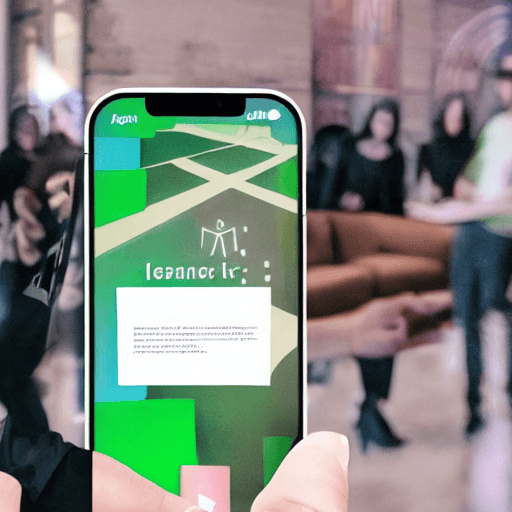

In today’s digital landscape, capturing and maintaining consumer attention is a significant challenge for brands. Traditional marketing methods are often met with skepticism and declining engagement rates. However, a powerful technology is emerging as a game-changer: Augmented Reality (AR). AR overlays digital content onto the real world, creating interactive and immersive experiences that can dramatically elevate your social media campaigns. This article delves into the transformative potential of AR, exploring how brands can leverage it to create truly memorable and engaging experiences, ultimately driving brand awareness, customer loyalty, and sales.
Augmented Reality isn’t simply virtual reality. While VR completely replaces your vision with a simulated environment, AR enhances your existing reality. It uses devices like smartphones, tablets, or specialized AR glasses to overlay computer-generated images, sounds, and other sensory information onto the user’s view of the real world. Think of it as adding a digital layer to your surroundings. This technology is rapidly evolving, becoming more accessible and sophisticated, opening up a vast array of possibilities for brands.
The integration of AR into social media campaigns offers several compelling advantages:
Let’s explore some concrete examples of how brands are successfully using AR on social media:
Sephora’s Virtual Artist is a prime example of a successful AR campaign. Users can use their smartphone camera to virtually “try on” makeup products before purchasing them. This feature has been incredibly popular, driving engagement and boosting sales. The app allows users to experiment with different shades, apply makeup virtually, and even share their looks on social media. This directly addresses a key consumer pain point – the uncertainty of trying on products in a physical store.
IKEA’s Place app allows users to virtually place furniture in their homes using AR. Users can scan their rooms with their smartphone camera, and the app will overlay 3D models of IKEA furniture, allowing them to see how it would look in their space before making a purchase. This significantly reduces the risk of buying furniture that doesn’t fit or complement their home décor. The app has become a cornerstone of IKEA’s digital strategy.
Nike has leveraged AR in various ways, including creating interactive games and experiences that allow users to customize their shoes and apparel. They’ve also used AR to bring athletes and their stories to life, offering fans a more immersive connection with the brand. One notable example involved a campaign where users could virtually “step into” the shoes of a professional athlete during a training session.
L’Oréal’s Style Transfer filter on Snapchat allows users to transform their selfies into works of art, mimicking the styles of famous paintings. This is a fun, shareable experience that generates significant buzz and brand awareness. It’s a clever use of AR to tap into popular trends and encourage user-generated content.
Mini Brands uses AR to bring miniature versions of real-world products to life. Users can scan the miniature products with their smartphone, and the app will overlay a 3D version of the full-sized product, allowing them to explore its features and functionality. This is a particularly effective strategy for brands selling complex products.
To maximize the impact of your AR social media campaigns, consider these best practices:
While AR offers tremendous potential, there are also challenges to consider:
The future of AR in social media is incredibly promising. We can expect to see:
AR is transforming the way brands connect with consumers. By embracing this technology and following best practices, brands can create engaging, memorable experiences that drive results. As AR technology continues to evolve, its role in social media will only become more significant.
**Disclaimer:** This response is an AI-generated text based on the prompt. It is intended for informational purposes only and should not be considered professional advice.
Tags: augmented reality, AR, social media, brand experience, marketing, engagement, immersive experience, virtual reality, Snapchat, Instagram, Facebook, brand activation, digital marketing
[…] still relatively nascent, VR and AR offer unparalleled opportunities for creating immersive and interactive experiences. Brands can use these technologies to allow customers to virtually […]